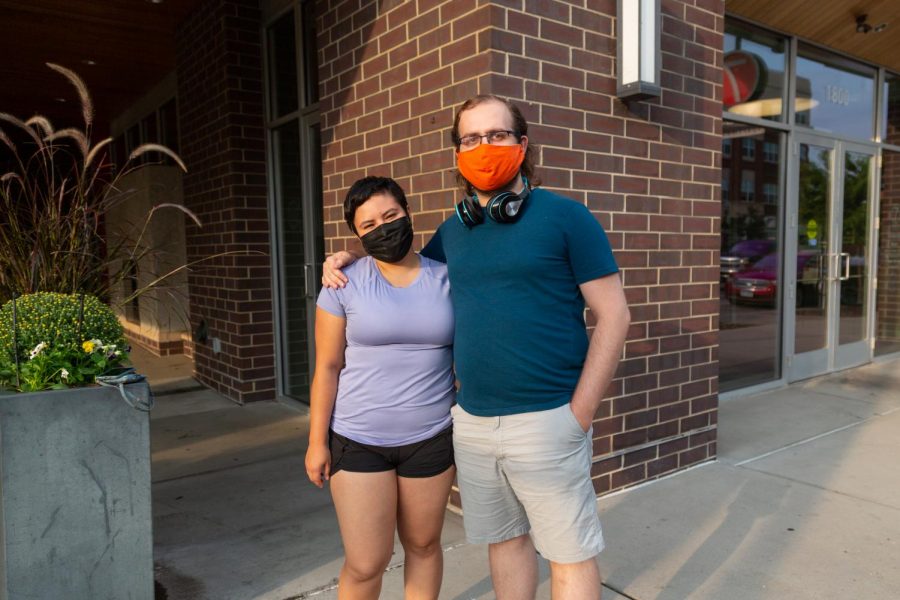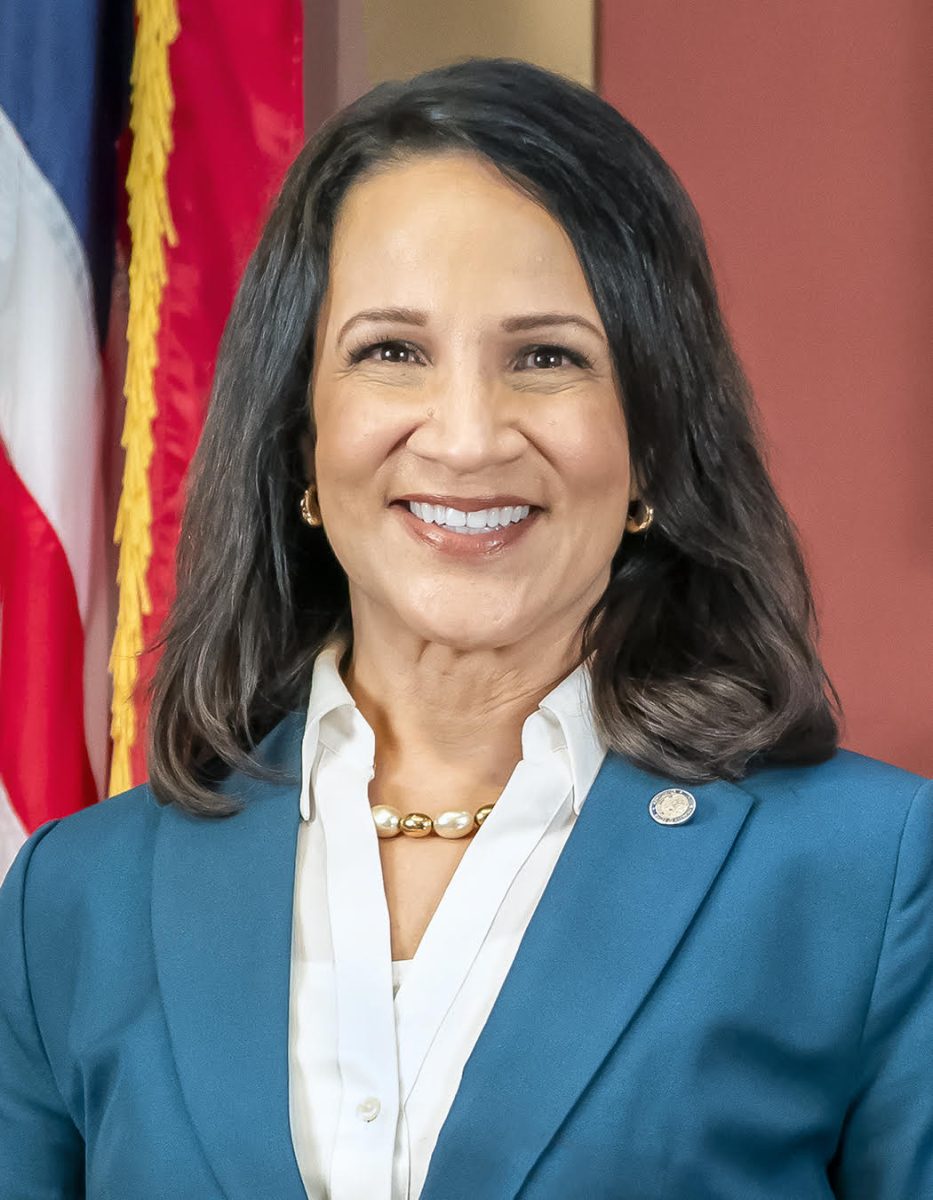With the 2020 elections close at hand, some University of Minnesota students feel forced to look at voting in a new way.
In the spring primaries, polls showed 70% of University voters in favor of former candidate Bernie Sanders in most area precincts. When Joe Biden swept Minnesota, some disillusioned student voters started to reevaluate how — or how not — to cast their votes, and what that could mean for their future.
Youth engagement expert Kei Kawashima-Ginsberg said that while data shows that a majority of young people believe in democracy and the power of voting, a multitude of obstacles can make the process more difficult.
“When it comes to young voters, there’s a lot of barriers, both mechanical and structural ones,” Kawashima-Ginsberg said. “Psychological and emotional ones can, at times, really dampen voter turnout. Disillusionment is definitely one of them.”
Barriers like family immigration status, historical disenfranchisement and lack of access, both geographically and socioeconomically, have contributed to lack of voter turnout in the past.
Students at the University’s Twin Cities campus voted at a rate higher than any other large, public four-year institution in 2018, with a turnout of nearly 60% — well above the 39.1% national average on college campuses.
While voter turnout among college students has been historically low, it is the student populations that can often turn the tides of an election, said University professor and expert on voting behavior and third-party politics Larry Jacobs.
Voting turnout in 2018 reached a 100-year high, according to a data analysis by the Washington Post. The data largely credits young adults, ages 18-24, who are attending college, with the spike.
Begrudging Biden voters
Roommates Alex Stephenson and Alexandra Alvarez have more than a living space in common: both are unhappily voting for Democratic presidential candidate Joe Biden.
Stephenson, a fifth-year music major at the University, was on the “Bernie Bandwagon” before Sanders dropped out of the race.
“It felt like a very unique message,” Stephenson said of Sanders. “He was willing to listen to younger voters in a way that a lot of the other candidates don’t.”
After Biden’s Minnesota win, Stephenson said he considered voting third party. But after the police killing of George Floyd, Stephenson said he felt a third-party vote would not be enough to achieve the larger objective of removing current President Donald Trump from office.
Ultimately, Alvarez said that is her goal, as well. The family science major was deciding between several Democratic candidates, such as Andrew Yang and Tulsi Gabbard, before settling on a vote for Biden.
“It came down to the belief that Biden’s cabinet would be better in comparison [to Trump’s],” Alvarez said. “Biden is at least a little bit more respected around the world… Our stance on the world stage should be more important.”
While both considered voting third party, they agreed that the change needed to break down a two-party system cannot be achieved in one election cycle.
Stephenson, when asked if he considered not voting at all, said that actively choosing not to vote is a sign of privilege, and a way of thinking that needs to be dismantled.
“Not voting implies that the system doesn’t really affect you much,” Stephenson said. “The elections do actually have major consequences for all of us… and it’s the responsibility of people to make their voices heard.”
Alternative choices
Voters who find themselves not wanting to vote for or apathetic toward Democrat or Republican candidates do have a third option — anybody else.
Grant Udstrand was considering Tulsi Gabbard. After Gabbard dropped out in March, Udstrand felt that his issues with the platforms and actions of both major parties stifled his vote.
“I believe the two-party system is a travesty,” Udstrand wrote in an email to the Minnesota Daily. “… [I]t subverts and silences the nuanced positions of people to have two major political parties that are somehow supposed to represent the common interests of two large swaths of society.”
Despite finding the platform of the Libertarian party “ridiculous,” Udstrand will be casting his vote for Libertarian Jo Jorgensen’s election bid.
“I understand that the pure libertarian platform is ridiculous,” read Udstrand’s email. “Jo Jorgensen may not agree with me on everything, but I don’t find Kamala Harris (who I legitimately believe is actually who will be running our government if Biden wins) or Donald Trump the types I can trust.”
Udstrand is not alone in his decision, nor is he one of the first Minnesotans to move away from the Republican-Democrat voting binary.
“Minnesota has a long history of voting for third-party candidates,” said Jacobs.
A blue state since Nixon, Republicans consistently won the Minnesota vote in the early 20th century. Before 1976, 10 of the 19 elections since 1900 were won by Republicans, with the majority of Minnesota voters in the 1912 election voting for Theodore Roosevelt of the Progressive Party.
Third-party candidates have seen relative success in Minnesota, like former pro-wrestler and then-Reform party member Jesse Ventura and 1992 independent presidential candidate Ross Perot. Ventura won the 1998 gubernatorial election. Perot had more ballots cast in Minnesota than the national average, according to a report by MinnPost.
However, third-party voting is not without its problems.
“I think the stigma exists to propagate a system that serves nobody but the landed elite, and that even if all people like me can do is make a third-party have a spot on the debate stage, that is more than enough for me,” wrote Udstrand.
It has often been criticized by experts and the general public on both sides of the aisle for throwing significant votes on candidates who generally do not win anyway.
“In a close election between a Democrat and a Republican, third-party voting will tip the election one way or the other,” Jacobs said.
Ultimately, most experts agree that regardless of how or for whom, eligible citizens voting is one of the most important paths to getting their voices heard.
“If you are not participating, you are not heard,” Jacobs said. “All the concern that I hear from students about structural racism… it means nothing if they don’t turn out and vote and exercise their rights as citizens.”


















